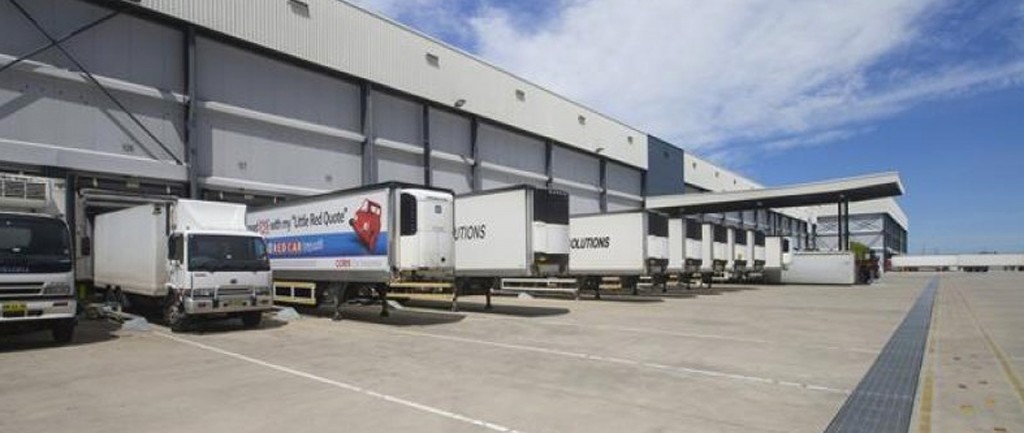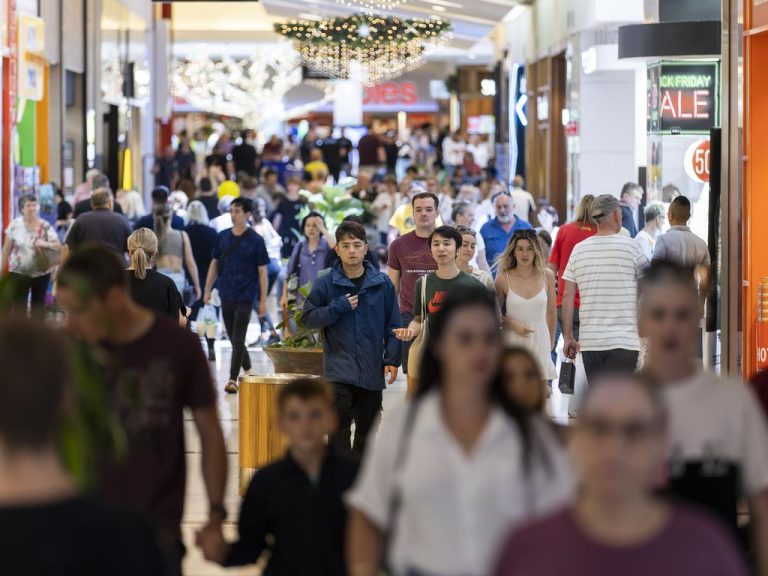No end in sight for cashed-up Chinese property investors

Chinese investors will continue to throw money at Australia’s commercial property market after their biggest-spending year on record, an expert says.
Foreign buyers, including a significant number of Chinese, accounted for 38% of the $29 billion worth of Australian office, retail and industrial property purchases over $2 million in 2015, according to Savills research.
Big year: Offshore investors push 2015 commercial sales to near-record
The figure – up more than 70% on overseas buyers’ 22% share in 2014 – makes foreign investors the largest single group of investors in Australian commercial property for the first time.
Institutional investors (funds and trusts) fell from a 48% share in 2014 to 35%, while private investors made up 12%, developers 5% and syndicates 4%.
Owner occupiers, government agencies and undisclosed buyers made up the remaining 6%.
Domestic institutions … have suddenly found themselves outbid
The $29 billion annual turnover was well up on the $22 billion five-year average, but it was the unprecedented impact of foreign investors that was most keenly felt, particularly in the office market, where almost 50% of buyers hailed over overseas.
Savills Australia’s national head of research Tony Crabb says Chinese buyers and institutional investors will likely continue to be the major players in Australia in 2016, due to the attractiveness of the local market.

Chinese investors will feature prominently again in 2016, experts say.
Crabb says the sheer weight of overseas capital seeking opportunities here will make foreign investors an irresistible force, while Australian buyers may find themselves struggling to compete.
“What we have seen over the last three years has been an extraordinary investment market in terms of sales by number and value,” Crabb says.
“Local trusts and funds along with foreign investors have dominated the markets, however in 2015 domestic institutions – recovering from the GFC and replacing private investors as competitive buyers once again – have suddenly found themselves outbid.”
Crabb says already tightening yields will continue to shrink in 2016
He said the firming of investment yields had yet to fully run its course.
“In some markets fundamentals are improving rapidly. We believe this will lead to further tightening in yields as investment capital starts to price in expectations of future net operating income growth,” he says.
“This part of the yield cycle is just beginning.”







